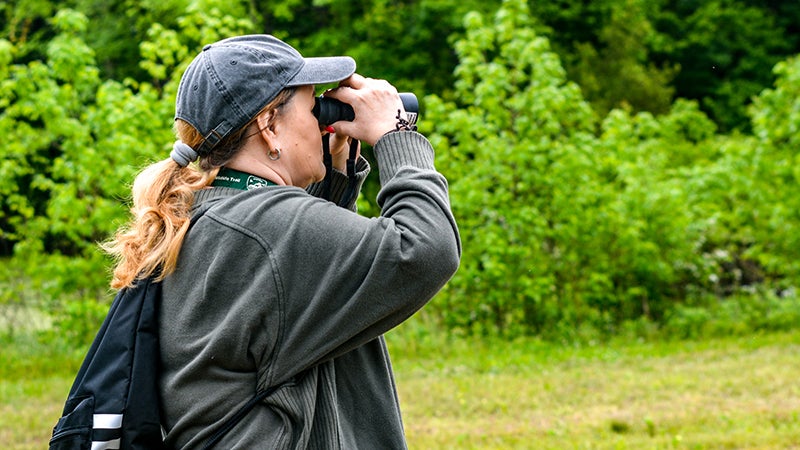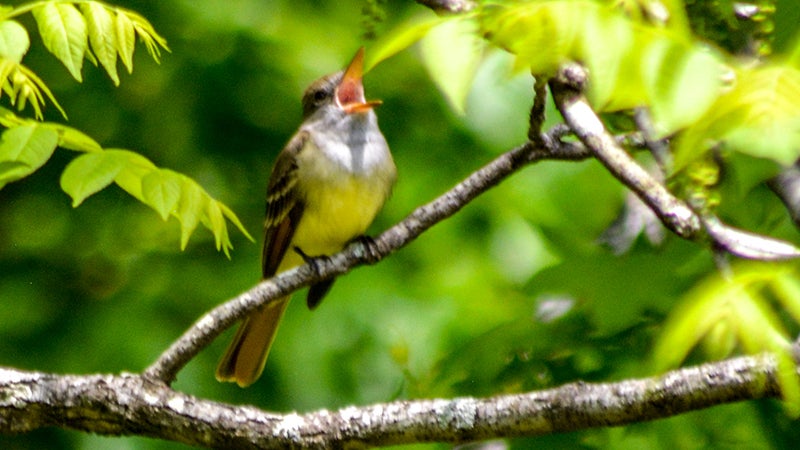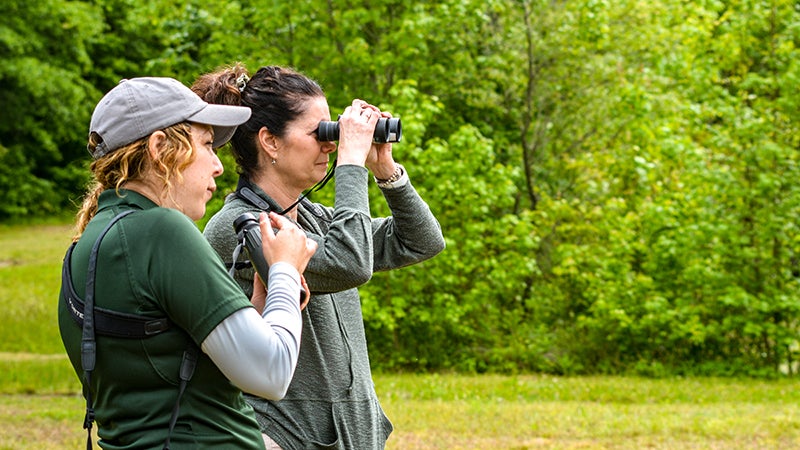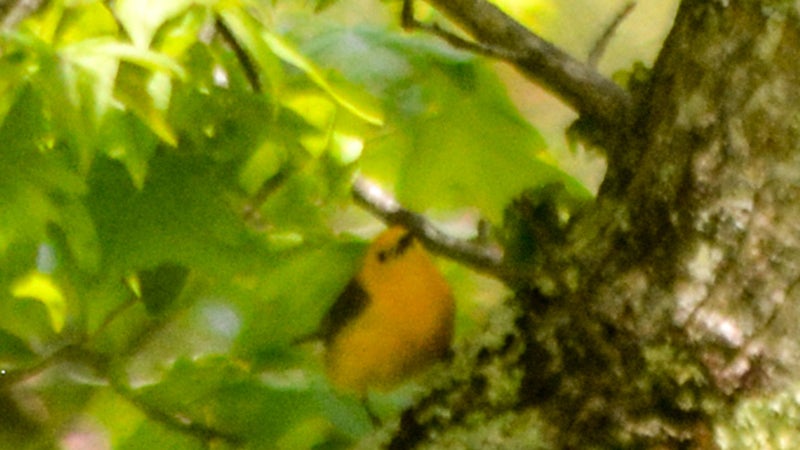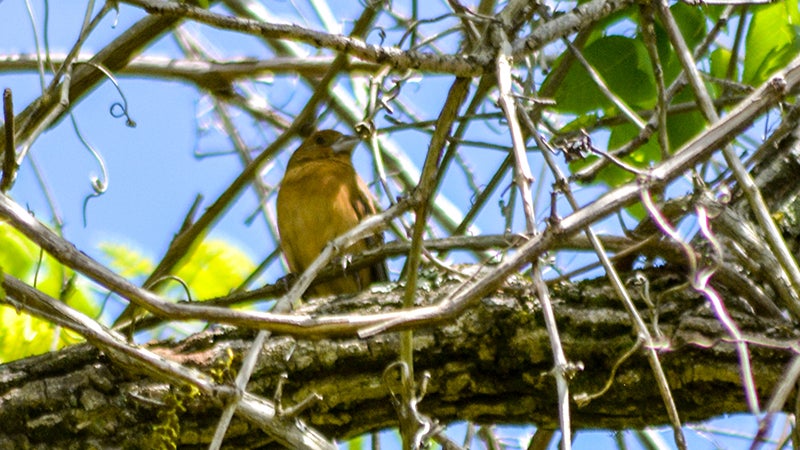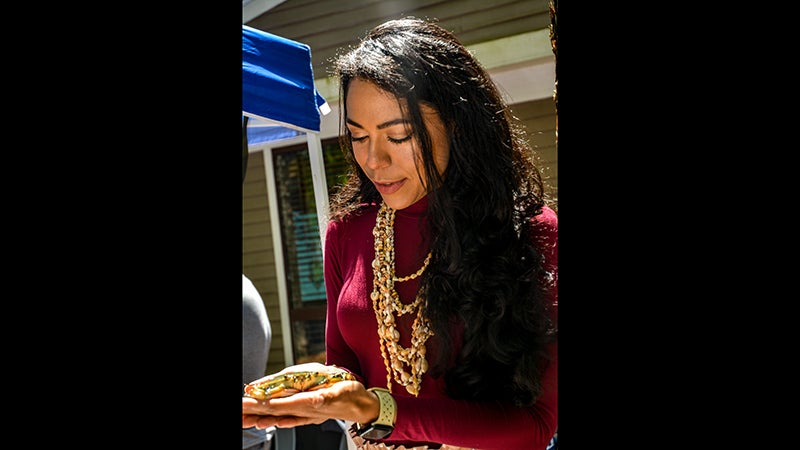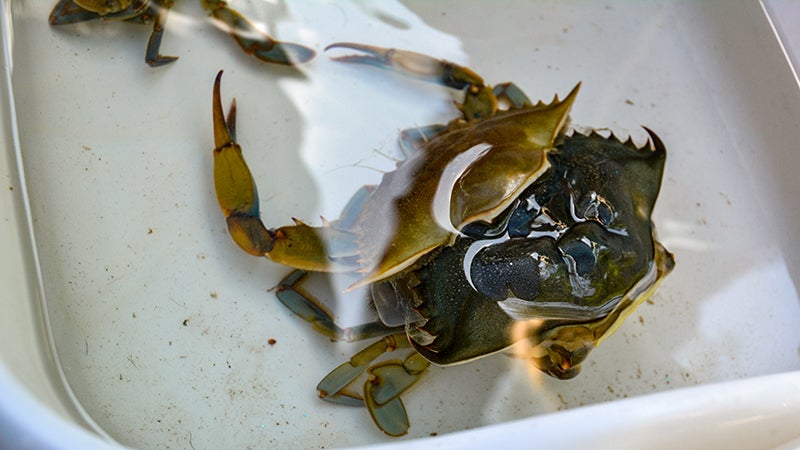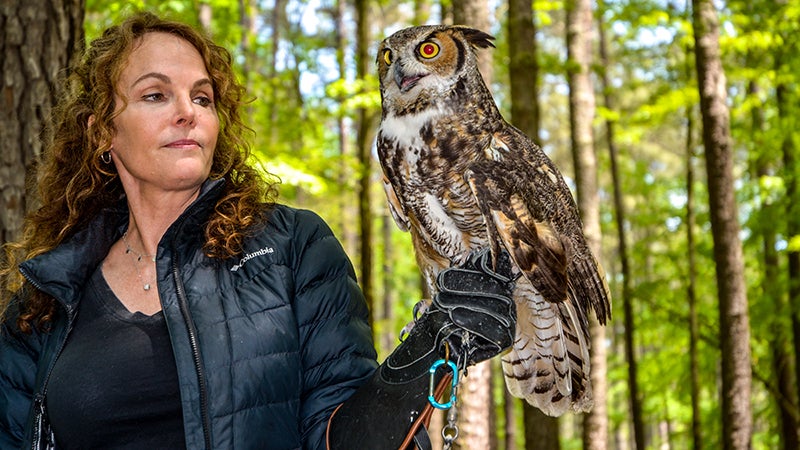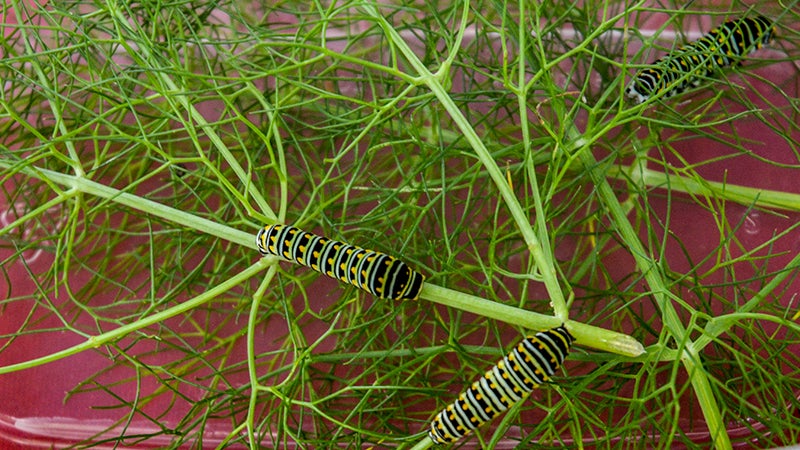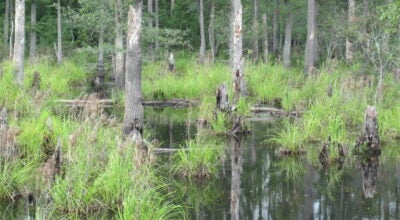Music of a different sort
Published 5:20 pm Tuesday, May 2, 2023
|
Getting your Trinity Audio player ready...
|
Hey, what’s that sound? Everybody look, what’s going down? There was some lovely music coming from the Great Dismal Swamp National Wildlife Refuge Saturday, and it had nothing to do with the big music festival at the oceanfront.
The merry melody that attracted hundreds of people to various areas of the refuge was the song of many feathered winged musicians, the stars of Saturday’s Great Dismal Swamp Spring Birding Festival.
The festival is held during spring migration, when songbirds arrive in the area to either find a mate and nest or for a stop along the way farther north.
“The festival is a celebration of birds arriving at the Great Dismal Swamp to nest or rest and refuel for their trips to northern latitudes. The refuge’s wetlands, lake and vast forest provide habitat for many species,” said Susan Stanley, wildlife biologist at the refuge. “The birding festival occurs during the peak of spring migration when songbirds boast their most brilliant plumage. It is a great time to come out to the refuge and see, and hear, the diversity and abundance of these songbirds, particularly warblers. There is strong interest in birding in the Hampton Roads area, so this festival is offered for the community. It attracts both local birders and others who travel from outside the state and the country.”
According to Jessica Ruthenberg, watchable wildlife biologist with the Department of Wildlife Resources, the swamp provides a protected habitat in the middle of a densely populated area along the migration route. Ruthenberg and Mary Jane Hall from the Cape Henry Audubon Society led a beginners’ birding walk as part of the event.
“I want folks at any age or stage of life or experience level to understand that this is for them!” Hall said. “There are birds everywhere and you can do this anywhere, anytime. It never gets old. Every bird call that you hear, every flutter of wings that you spot from the corner of your eye, becomes a new challenge to identify it, find it, watch it, remember its song. Also, the more of us who love and care about birds, the more of us who will become committed to helping conserve and preserve their habitat, their food sources and the sustainability of the natural world that they represent.”
Walk participants learned how to properly use binoculars as well as how to hone in on a bird’s call to be able to spot it.
Ruthenberg and Hall also provided birders with information about several tools used by professionals and amateurs alike in the process of bird identification. One of the most used tools for identifying birds is an app called Merlin from the Cornell Lab of Ornithology. When in use, the app records ambient sounds and identifies any bird call heard. Once a bird is identified, it can be added to the user’s list in another useful app called eBird. eBird is a database of user-submitted sightings of birds.
On the beginners’ walk, roughly 17 different bird species were identified. The range of birds identified at all of the various events throughout the day included more than 50 species.
One of the more highly sought after sightings was the prothonotary warbler, a small bright yellow songbird commonly seen in the spring in the swamp.
In addition to the many bird walks, local conservation organizations had displays and information for visitors to see and, in some cases, feel.
Susan O’Connell of Wildlife Response and a wildlife rehabilitator with Nature’s Nanny brought with her a great horned owl. The owl, an ambassador animal, was rescued after being hit by a car. Due to a damaged wing, it can not be re-released to the wild and so is now part of the education program.
Along with the owl, other live animals on display included molting blue crabs. Cindy Pinell from the Nansemond River Preservation Alliance explained to visitors how the crab molts out of its shell and is soft for several hours following the motling. During the course of the day, five of the crabs she had on display molted for all to see.
Other presentations included caterpillars and the butterflies they become. Information booths included organizations like The Izaak Walton League of America, the Nansemond Indian Nation, North Carolina Dismal Swamp State Park and more.
A special highlight of the event was two guest talks. The first was about native plants, insects and birds. A representative from Virginia Native Plant Society discussed the best native plants to include in your garden that will offer the best opportunities to bring birds to your yard and to keep them there.
Later in the day, Sergio Harding, nongame bird conservation biologist for the Department of Wildlife Resources, introduced visitors to the loggerhead shrike, a bird better known as “the butcher bird.” According to the Audubon Field Guide, the loggerhead shrike forages mostly by watching from an exposed perch, then swooping down to take prey on or near the ground or from low vegetation. It kills its prey using its hooked bill. It is called the butcher bird because it often stores uneaten prey by impaling it on a thorn or barbed wire, returning to eat it later.
Stanley praised the volunteers and partnering organizations.
“We are grateful our skilled volunteer leaders provided excellent bird walks but are also glad to have offered a beginner walk for those new to birding,” she said. “Other walks took place along the Dismal Swamp Canal Trail and at the Dismal Swamp State Park in North Carolina.”
Great Dismal Swamp National Wildlife Refuge Manager Chris Lowie said events such as these are important for educational outreach and community involvement. “The Great Dismal Swamp provides a habitat for about 200 species of birds,” Lowie said. “We have people from all over the country come to visit to see the birds.”


